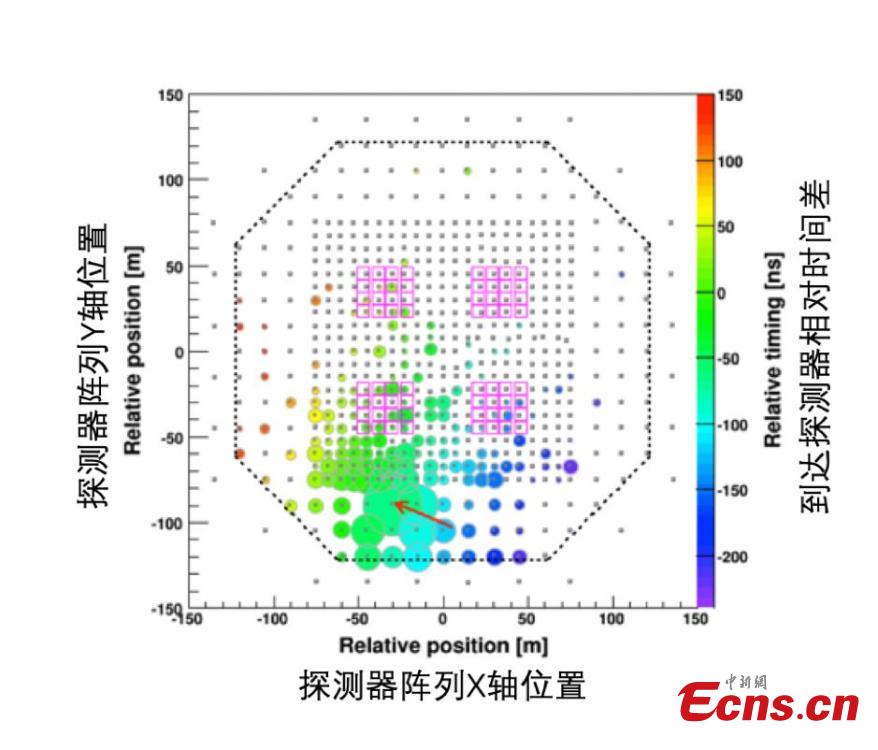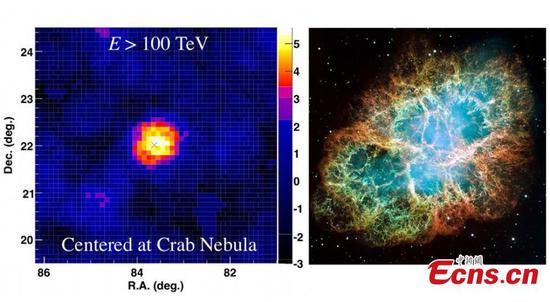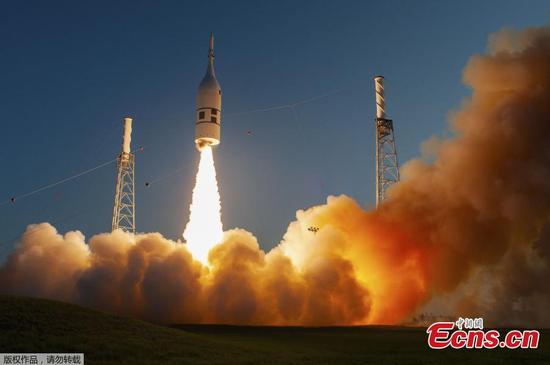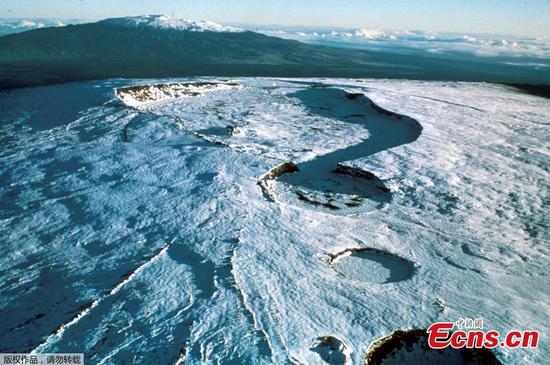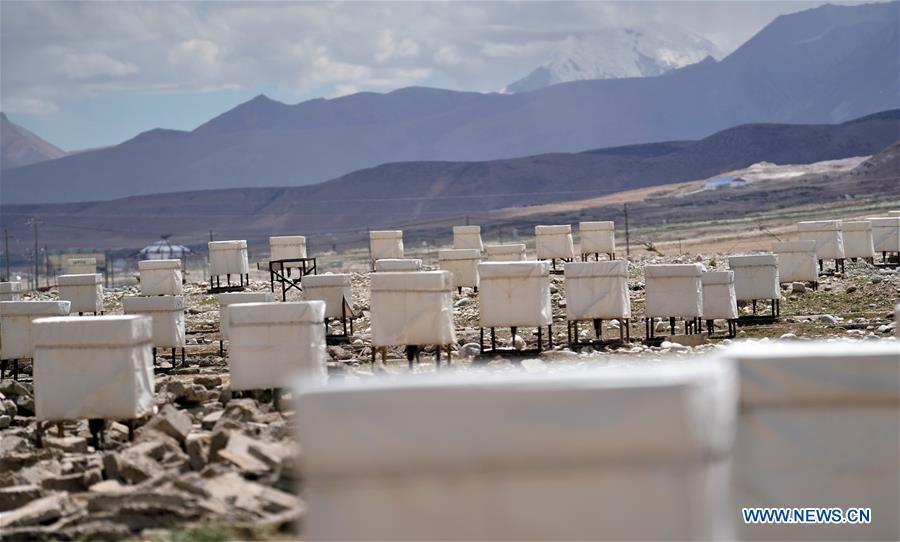
Photo taken on July 2, 2019 shows the ASgamma experiment in Yangbajain, southwest China's Tibet Autonomous Region. A joint research team made up of Chinese and Japanese scientists has discovered the highest energy cosmic gamma rays ever observed from an observatory in Tibet, opening a new window to explore the extreme universe. (Xinhua/Purbu Zhaxi)
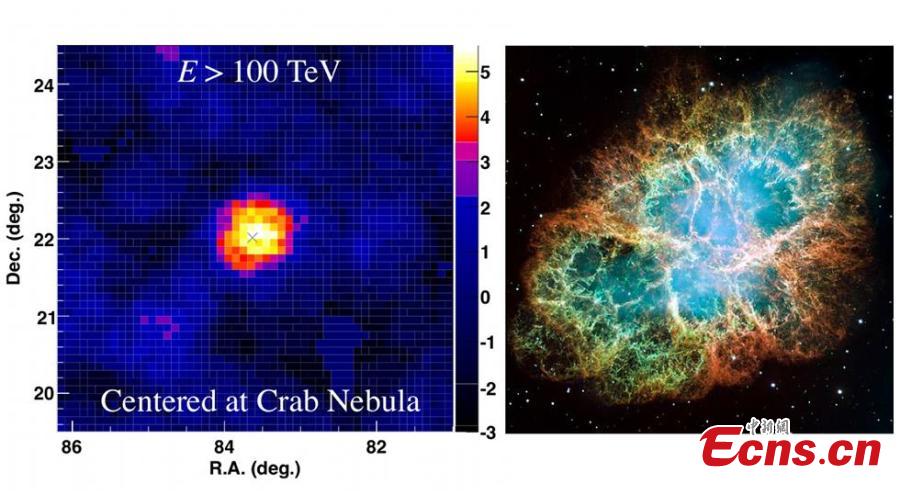
The left figure shows the Tibet ASgamma experiment observed the highest energy gamma rays beyond 100 Teraelectron volts (TeV)from the Crab Nebula with low background noise, the cross mark indicates the Crab pulsar position. And the right figure shows the Crab Nebula taken by the Hubble Telescope (Photo Credit/NASA)

The China-Japan collaboration placed new water Cherenkov-type muon detectors under the existing cosmic-ray air-shower array in 2014. These underground muon detectors can suppress 99.92% of cosmic-ray background noise. (Photo/IHEP)
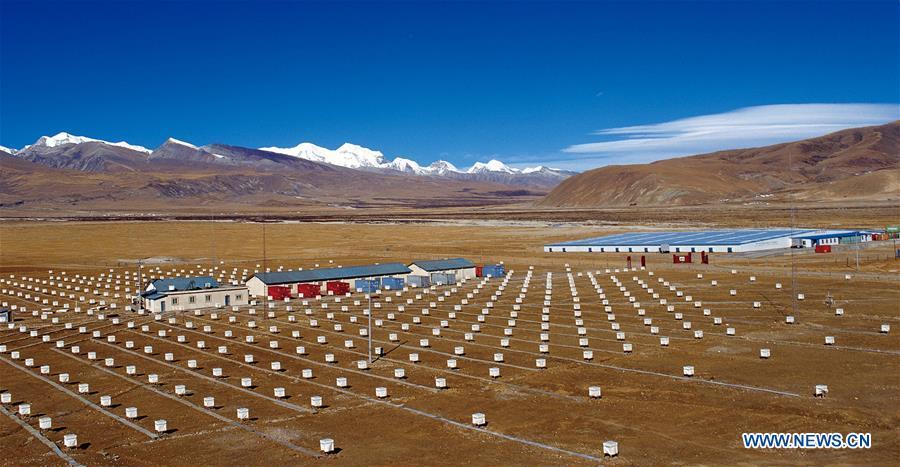
Photo taken on May, 2013 shows the ASgamma Experiment in Yangbajain, southwest China's Tibet Autonomous Region. A joint research team made up of Chinese and Japanese scientists has discovered the highest energy cosmic gamma rays ever observed from an observatory in Tibet, opening a new window to explore the extreme universe. (The Institute of High Energy Physics of the Chinese Academy of Sciences/Handout via Xinhua)
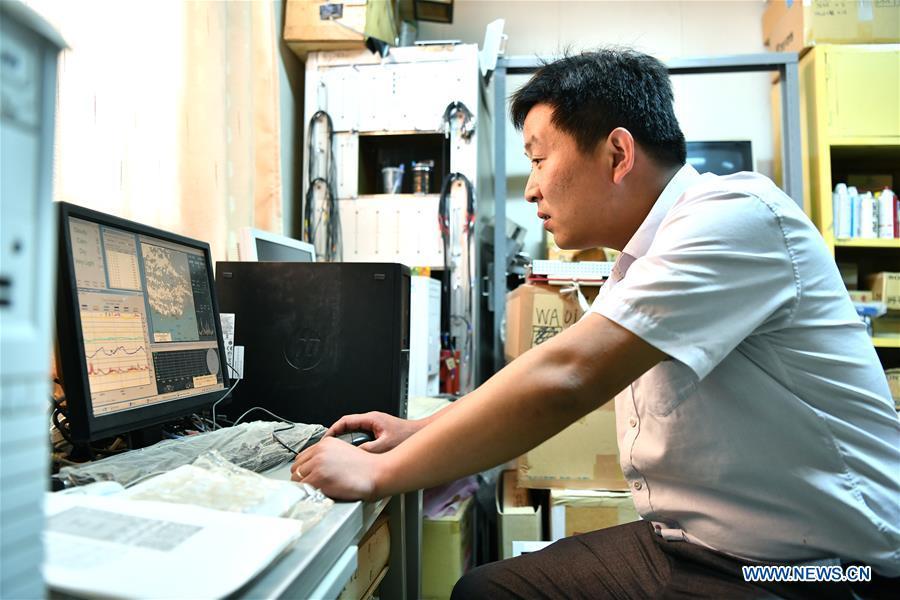
Researcher Liu Maoyuan looks up data in Yangbajain, southwest China's Tibet Autonomous Region, July 2, 2019. A joint research team made up of Chinese and Japanese scientists has discovered the highest energy cosmic gamma rays ever observed from an observatory in Tibet, opening a new window to explore the extreme universe. (Xinhua/Li Xin)

Aerial photo taken on July 2, 2019 shows the ASgamma experiment in Yangbajain, southwest China's Tibet Autonomous Region. A joint research team made up of Chinese and Japanese scientists has discovered the highest energy cosmic gamma rays ever observed from an observatory in Tibet, opening a new window to explore the extreme universe. (Xinhua/Purbu Zhaxi)
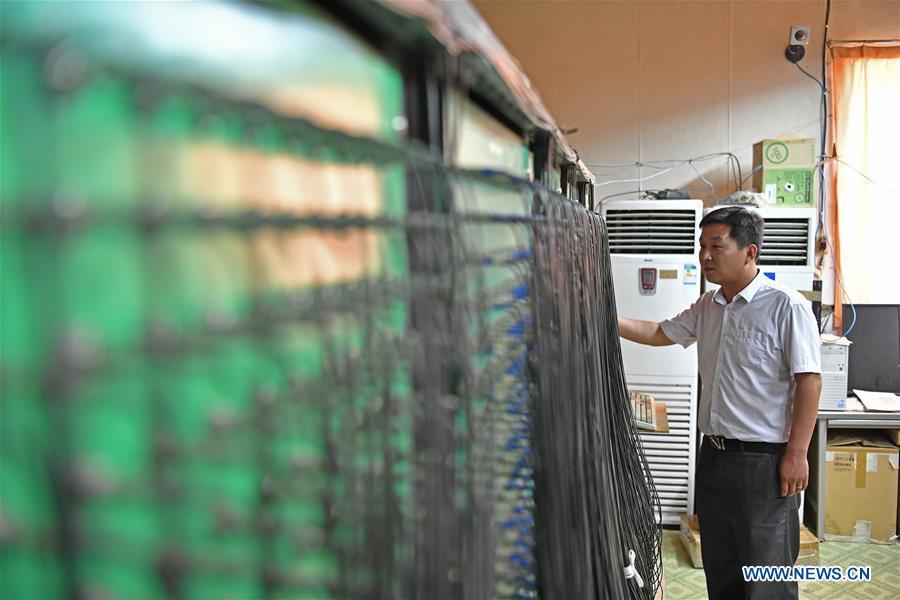
Researcher Liu Maoyuan debugs devices in Yangbajain, southwest China's Tibet Autonomous Region, July 2, 2019. A joint research team made up of Chinese and Japanese scientists has discovered the highest energy cosmic gamma rays ever observed from an observatory in Tibet, opening a new window to explore the extreme universe. (Xinhua/Li Xin)

Researcher Gao Qi debugs devices in Yangbajain, southwest China's Tibet Autonomous Region, July 2, 2019. A joint research team made up of Chinese and Japanese scientists has discovered the highest energy cosmic gamma rays ever observed from an observatory in Tibet, opening a new window to explore the extreme universe. (Xinhua/Jigme Dorje)

Aerial photo taken on July 2, 2019 shows the ASgamma experiment in Yangbajain, southwest China's Tibet Autonomous Region. A joint research team made up of Chinese and Japanese scientists has discovered the highest energy cosmic gamma rays ever observed from an observatory in Tibet, opening a new window to explore the extreme universe. (Xinhua/Jigme Dorje)
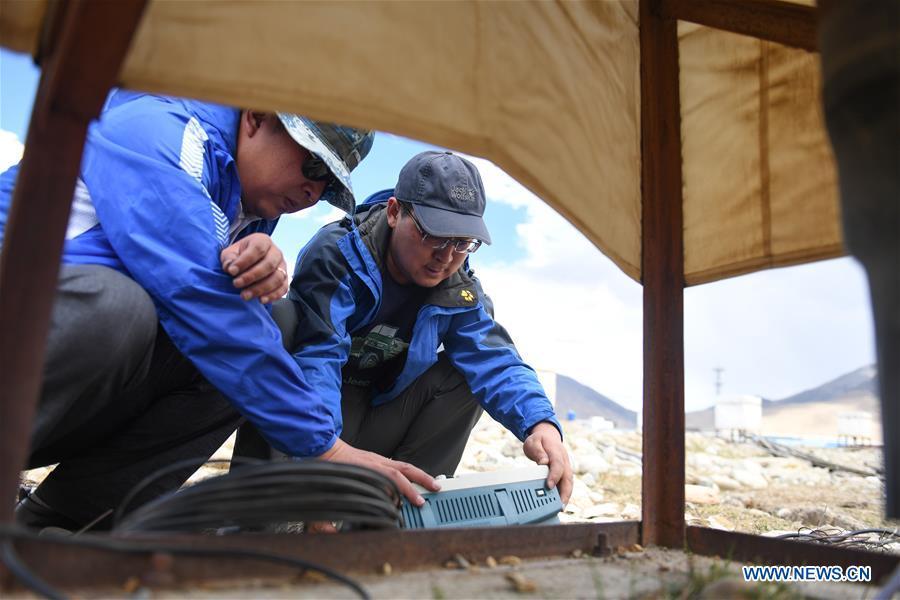
Researchers debug devices at the ASgamma experiment in Yangbajain, southwest China's Tibet Autonomous Region, July 2, 2019. A joint research team made up of Chinese and Japanese scientists has discovered the highest energy cosmic gamma rays ever observed from an observatory in Tibet, opening a new window to explore the extreme universe. (Xinhua/Jigme Dorje)
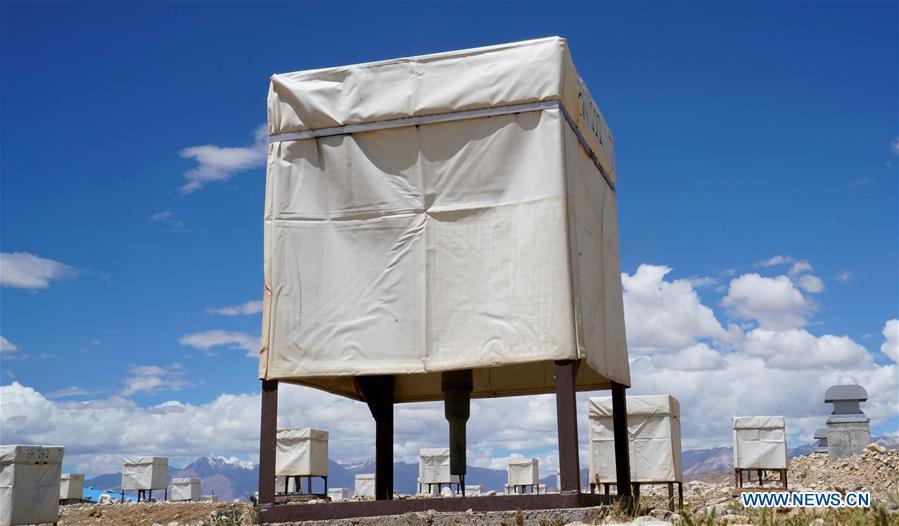
Aerial photo taken on July 2, 2019 shows a detector of the ASgamma experiment in Yangbajain, southwest China's Tibet Autonomous Region. A joint research team made up of Chinese and Japanese scientists has discovered the highest energy cosmic gamma rays ever observed from an observatory in Tibet, opening a new window to explore the extreme universe. (Xinhua/Purbu Zhaxi)








